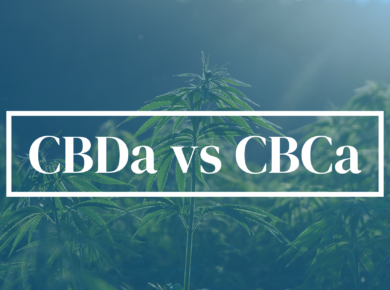Incorporating CBD isolate into your cuisine.
CBD, the non-psychoactive component of cannabis, is commonly isolated from hemp into its crystalline form, where it is available to be purchased across the country. Although lacking a full spectrum profile (unlike CBD tinctures derived from cannabis), CBD on its own is still an amazing molecule to utilize for its health benefits. Studies have depicted its effectiveness as an aid in bone regeneration, functioning as an anti-psychotic, anti-inflammatory, mood regulator, memory stimulant, blood sugar regulator, pain killer, helping in sustaining metabolic function and immuno-modulator via stimulating the endocannabinoid system and managing internal homeostasis. Thus naturally, CBD has grown in popularity among wellness circles and health aid practitioners.
Adding CBD into your diet is a great way of supplementing your meals, effectively moderating inflammation, mood and nerve pain for both those who experience chronic pain and also for those who simply want to increase wellness throughout their busy and stressful day to day.

It can be ingested in a few ways, with each route having a differing degree of impact. For instance, for acute pain, sub-lingual ingestion will provide the fastest relief, while for those with a more relaxed therapy-based approach may prefer incorporating CBD isolate into a lipid solvent (i.e. oil). Due to the hydrophilic nature of cannabinoids CBD will bind most effectively to higher saturated fats like butter or coconut oil, however any fat or oil will suffice. This binding component forces CBD to be processed via the digestive tract that your meal follows and thus will have a more mild onset compared to a sub-lingual application.
Dissolving CBD into Oil: 
- CBD has a boiling point between 160-180°C (320-356°F). At temperatures higher than this, CBD may evaporate, so when dissolving your isolate, make sure to keep the temp a few degrees below the high end of the spectrum.
- Maintain a ratio of 2:1, oil:iso. If the concentration of CBD is too high it will crystallize (similar to sugar rocks in syrup) and end up giving you a bit of a crunch
- You can use a crockpot to control the temperature and perhaps brew an entire bottle of CBD infused oil for future meals if you know this is your preferred mode of intake
Dosing:
- Make sure you know your serving size. If you are planning to make a large bottle or tub of CBD infused oil or butter, find the total amount of grams of CBD isolate and the total amount of mL of oil and divide the number of grams (or milligrams) by the number of mL (1 tsp of oil = 4.9 mL). Just be mindful of how much CBD oil you are using when you cook and you’ll be fine, standard dosages run from 5-10mg, however some people depending on their tolerance and condition may benefit from dosages of 50-100mg. Take some time to test your own chemistry. Also, make sure to store this CBD oil in a cool dark space to prevent the denaturing process from taking hold.
- Alternatively, if you are planning to cook with CBD as an ingredient, you can use a scale to measure out your isolate and add it to your cooking in the same way you would salt or spice. Just don’t overcook your food or else the CBD may denature in your pan.
Adding CBD to Drinks: 
- When it comes to drinks the kind of CBD you use will be dependent on the kind drink you will be making. If you’re all about smoothies, then using an oil-based CBD tincture will be a great option and will enhance its bioavailability.
- While if you were making a cocktail, you could opt for a sugar syrup CBD or an alcohol-based tincture that would blend in nicely with your liquor.
- To make an alcohol based tincture, simply use an ethanol (grain) alcohol of 70 proof or more and place your CBD within it. Let is sit for the course of 3-5 days with routine stirring/shaking to help dissolve the isolate into the fluid.
- However, for water-based drinks you want to avoid using oil based tinctures due to the separation that occurs naturally between H2O and lipids. Instead, try using CBD Isolate powder and a good blender to break up the crystals even further. Although CBD is not water soluable, having smaller pieces of crystal helps spread the dosage out more evenly and if you’re using a water bottle a good shake should be sufficient to homogenize the CBD water or a stir from a spoon.
Working with CBD isolate is extremely easy, and due to it being non-psychoactive, there is little to fear about consuming too much and becoming “catatonic” like you may have heard from your cousin from Cali who ate half a chocolate bar. Find a producer that will provide test results and make an order and start cooking!

Here’s my favorite simple CBD recipe, Cinnamon CBD Sugar:
- 1/2 cup of ground Cassia Cinnamon
- 1/2 cup of white sugar
- 1/2 cup of CBD (de-carbed) ground Isolate
- 1/4 cup of dark brown sugar




